When we close our eyes we see a city with a lot of grey surfaces. The materials are brought to our country by ship and airplane, which causes great damage to our enviroment. In summer the city gets hot and the air thickens. We imagine most buildings to be cost efficient and paired up in dense structures to save space.
But we can also think of a perfect scenario with buildings with green space on the surface to let the city breathe. Eco-friendly materiels like wood and natural stone are used for constructs and everything is well distributed.
We can already imagine how in our project we are going to compare these two scenarios and methods with each other. By visiting places which represent both versions of city fassades we are also going to see how much of our imagination matches reality.
Dario & Justin
The main part of our project is, to get to know if it‘s possible to have only electric cars in a city like Zurich. The find this out, we want to do some research in Zurich and also do an interview with the city council of Zurich.
The second part of our project is to do our own experience with electric cars, means we want do drive an electric car and do also an interview with people from the car industry.
in progress
In very densely populated cities like Zurich, the many buildings have an immense impact on the city's climate and the environment. Based on this knowledge, we see it as important to think about the previous construction of buildings.
In our project we would like to show the difference between the building material and the surface of different buildings. We investigate and compare common building materials with each other, as well as different possibilities of surface texture. From this, we create two models which are the best and worst combination and what differences they represent for the climate. The focus is on the lifecycle of the different building materials and the resulting consequences for the environment and climate.
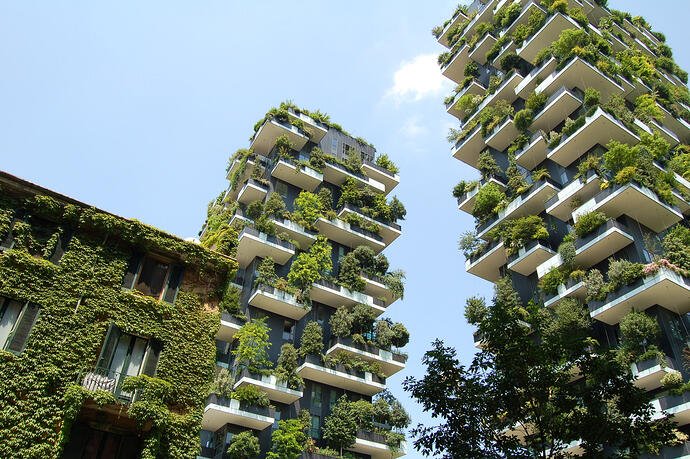
Justin & Dario
We want to use a calculation to evaluate how many trees are necessary to make a city like Zürich CO2 neutral.
- What kind of trees convert the most CO2 into oxygen?
- How long does it take a tree to convert the full amount of CO2?
- Costs of 1 Three?
- How much space does a tree need?
- Is the number of the trees possible to compensate the whole CO2 emission?
- Is the number of trees required realistic in relation to the amount of space in a city?
We will illustrate our results with a benefit analysis and will explain it in a report. à (Costs, amount of space required, Purchase price, service costs needed)
We will make a survey with random people, friends, and our classmates. à About the CO2 emission per person.
We plan an interview with a person from an organisation, which want to plant trees or to regulate the CO2 in the air over Zürich.
- How much money it will cost, to make a city climate neutral
- What are the main goals?
- When should the target be reached?
- What are the possibilities?
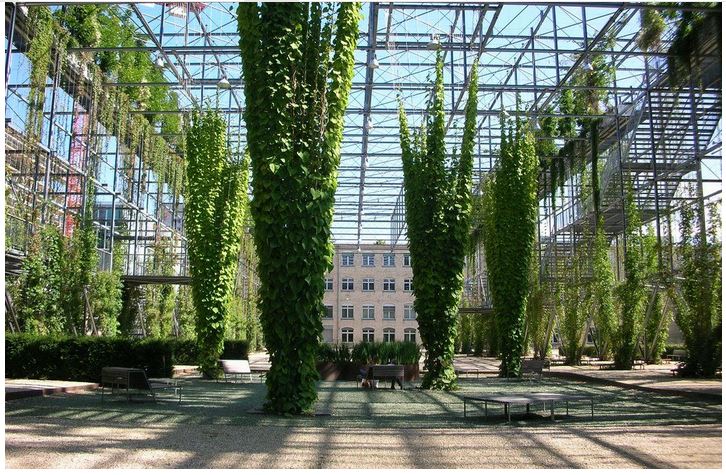
What exactly is the effect that the group wants to trigger with your action?
We want to give people an understanding of the diversity of trees and which trees are in danger in the city of Zurich. We will explain what diseases exist, which trees are involved and what the outcomes are. We also want to show how bad it can be when foreign plants come to Switzerland and make people aware that no foreign plants should be planted.
What are the means by which the intended effect should be achieved?
We want to share facts and knowledge and encourage people to take a look around the city of Zurich themselves and maybe have a closer look at the plants in their own garden. Maybe we will make an interview with an employee form the "Stadtgärtnerei Zürich".
How should the effect be achieved?
Through facts and knowledge from experts. The website from the city of Zurich has a lot of information about this topic and is very interesting and useful.
Who is the target audience?
Everyone, because everyone is affected. We all need trees and plants to live and it doesn't hurt to look after your plants in your own garden.
From Kevin & Tamara
In Our Project, Naomi and I would like to know more about the coral reefs.
Land plants only produce 1/3 of the oxygen we breathe, the rest comes from the ocean. The dying of the coral reefs affects all species from marine life to human kind. We would like to to do a comparison to a City Tree in Zürich and calculate the amount of oxygen which is produced by the tree compared to the corals in the ocean. Further we would like to get to know more about how exactly corals affect us and the air we breath. Another aim is to get in touch with an Organisation who deals with replanting of corals and the restauration of coralreefs. We also thought about covering some other questions. For example how to prevent all coral reefs from becoming extinct by 2050, or is it possible to restore the riff like before and are there any statistics that show how the reef is doing at the moment?
What is our goal and how it can be achieved?
What exactly is the effect that the group wants to trigger with your action?
- We would like to bring urban gardening closer to people and introduce them to this type of gardening. We want to use this type of gardening to bring green spaces back into the cities.
With what methods should the intended effect be achieved?
- In order to achieve these goals, we would like to ask the inhabitants of the cities what they know about this topic and, if necessary, inform them. For this purpose, we would also like to give them a prospect, which we have produced ourselves. It will give them a short summary of what urban gardening is and how they can make the cities greener. Maybe we can also do an interview with a shop manager or with the city of Zürich.
How we can achieve our impact?
- With various opinions and advertising, we would like to make our target audience aware of how everyone can bring a little green, back to the cities themselves.
Who is the target audience?
- People who live in the city, as well as teenagers, adults, and senior citizens.
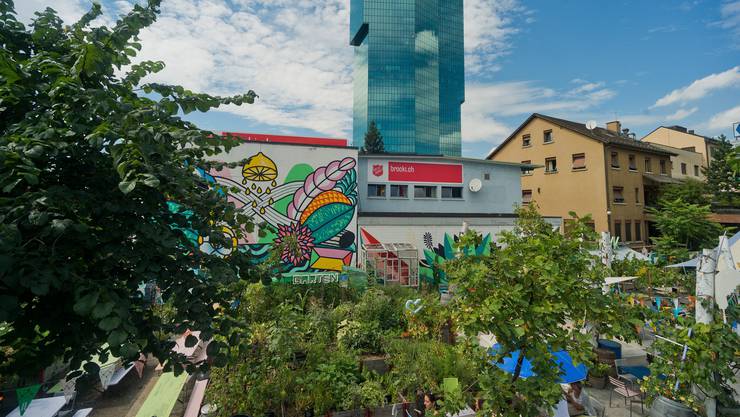
Debora and Melane
From 17 liters per week to 500 grams per month: This is how it lives as waste-free as possible!
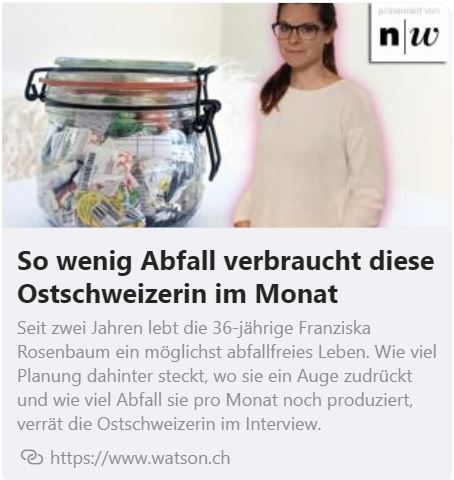
More...
Refuse, reduce, reuse, recycle – rethink!
Melane and I have taken a closer look at "Refuse, reduce, reuse, recycle – rethink!" With the link, you will get to our PowerPoint presentation where you can find more information about this topic
Refuse, reduce, reuse, recycle – rethink!_Debora and Melane.pdf (457,60 kb)
Have fun looking through it.
Debora and Melane
«befter» project - before & after the experience
The goal
Creating a teams’ experience for building a relationship to the «real world» and in collaboration between teams across the world. The final goal is a publication of the experience on the project website www.dontwastemy.energy as a gift for the world!
The reason why
Through a self-made experience students can reach a deeper learning, activate their previous knowledge and acquire new knowledge. In addition, students can get confidence in their abilities and improve their social and media competencies.
The 7 steps (light towers or milestones)
There are several steps to go through: Your own imagination, online research and team discussion, performing the experience, self-reflection compared to step 1 and 2, finally publishing on dontwastemy.energy and propagation on social media and asking for feedback & comments.
More about the befter concept »
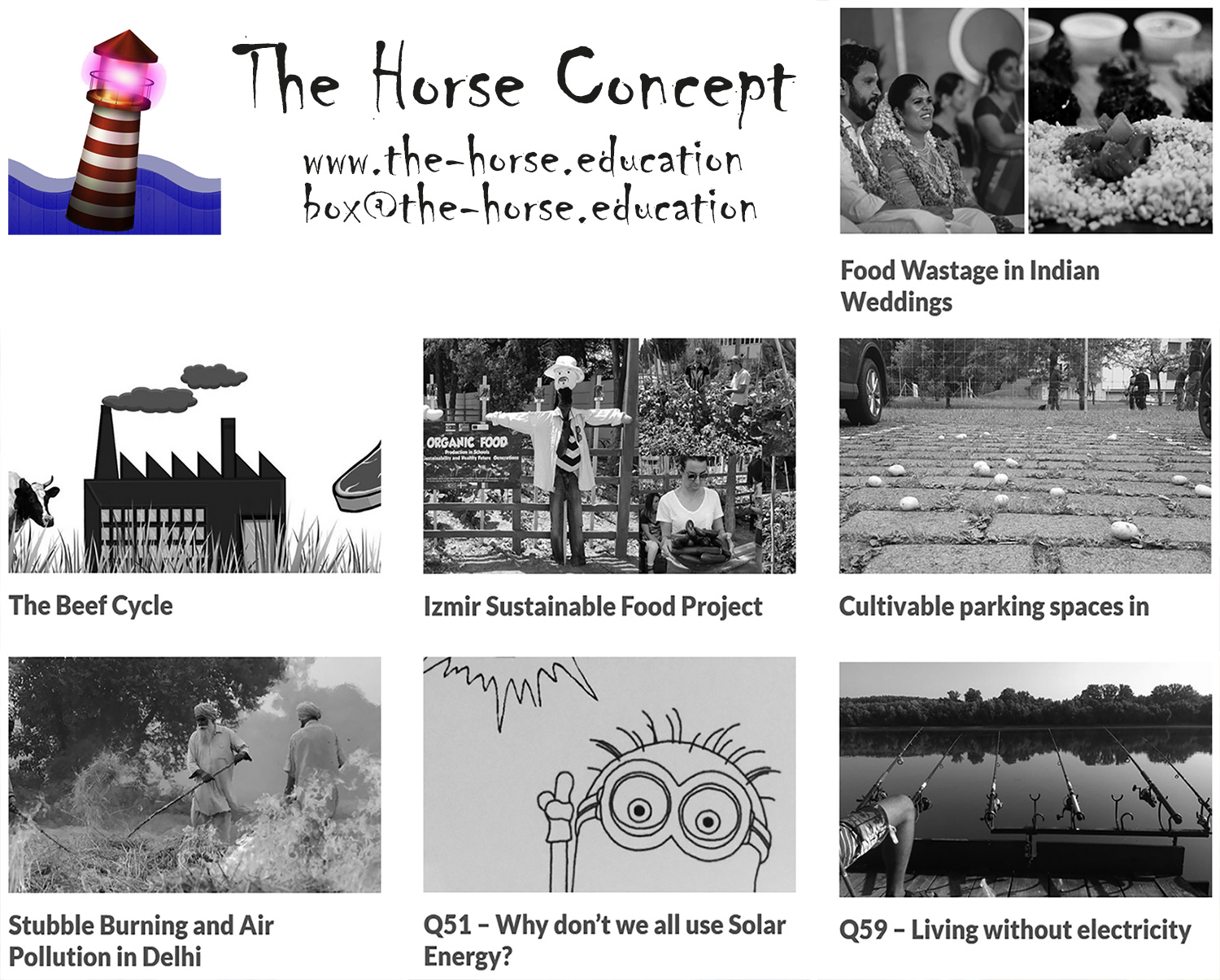
.jpeg) Soil is an important natural resource. Plants need soil to grow. Microscopic organisms such as bacteria, fungi, microscopic algae and protozoa live in the soil. Besides microorganisms, soil beetles, soil mites, earth worms, nematodes, centipedes, ants and termites also live in the soil. All these soil organisms break down dead remains of plants and animals into simple substances, making the soil fertile. We depend on soil to grow crops
Soil is an important natural resource. Plants need soil to grow. Microscopic organisms such as bacteria, fungi, microscopic algae and protozoa live in the soil. Besides microorganisms, soil beetles, soil mites, earth worms, nematodes, centipedes, ants and termites also live in the soil. All these soil organisms break down dead remains of plants and animals into simple substances, making the soil fertile. We depend on soil to grow crops